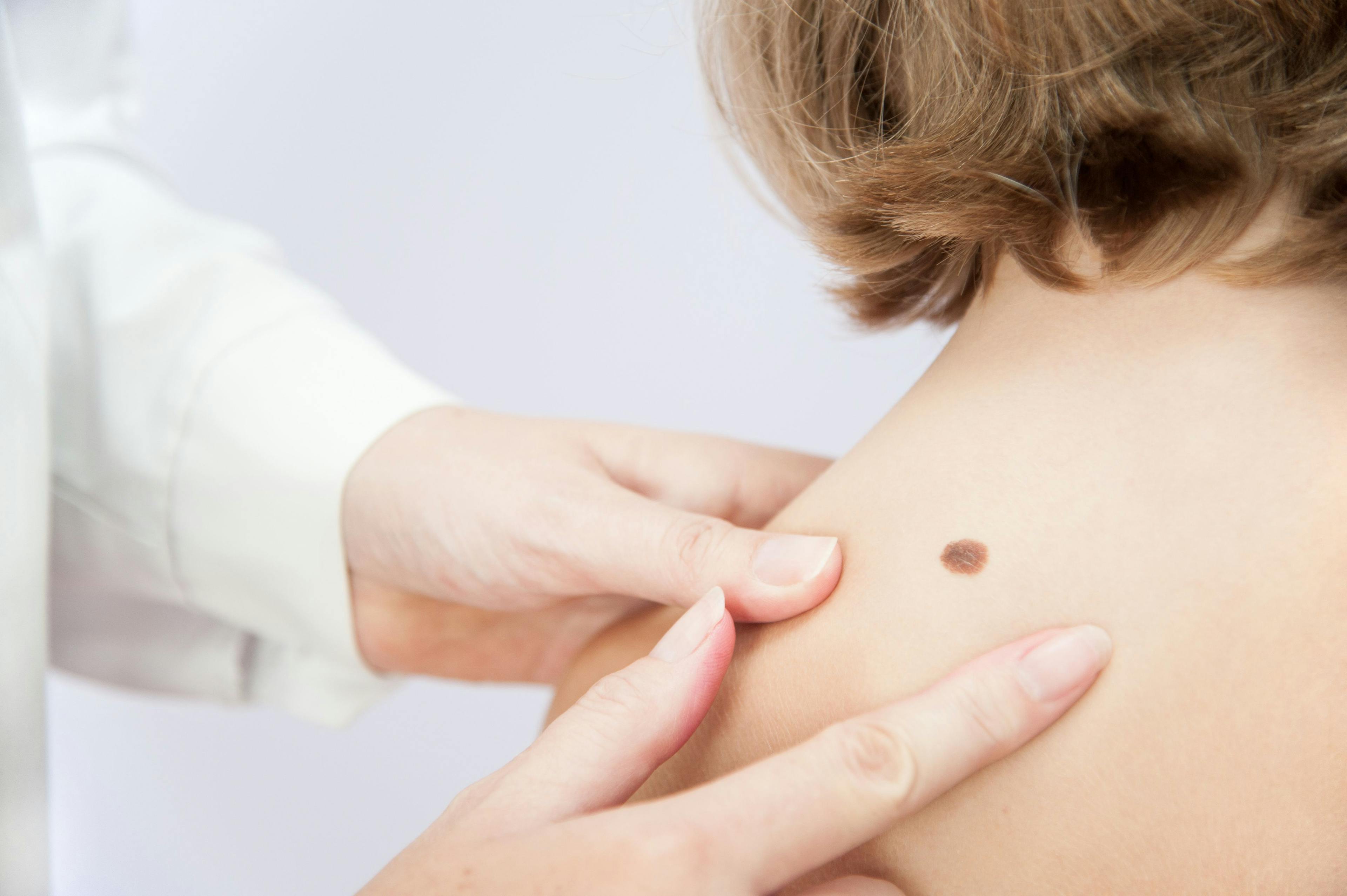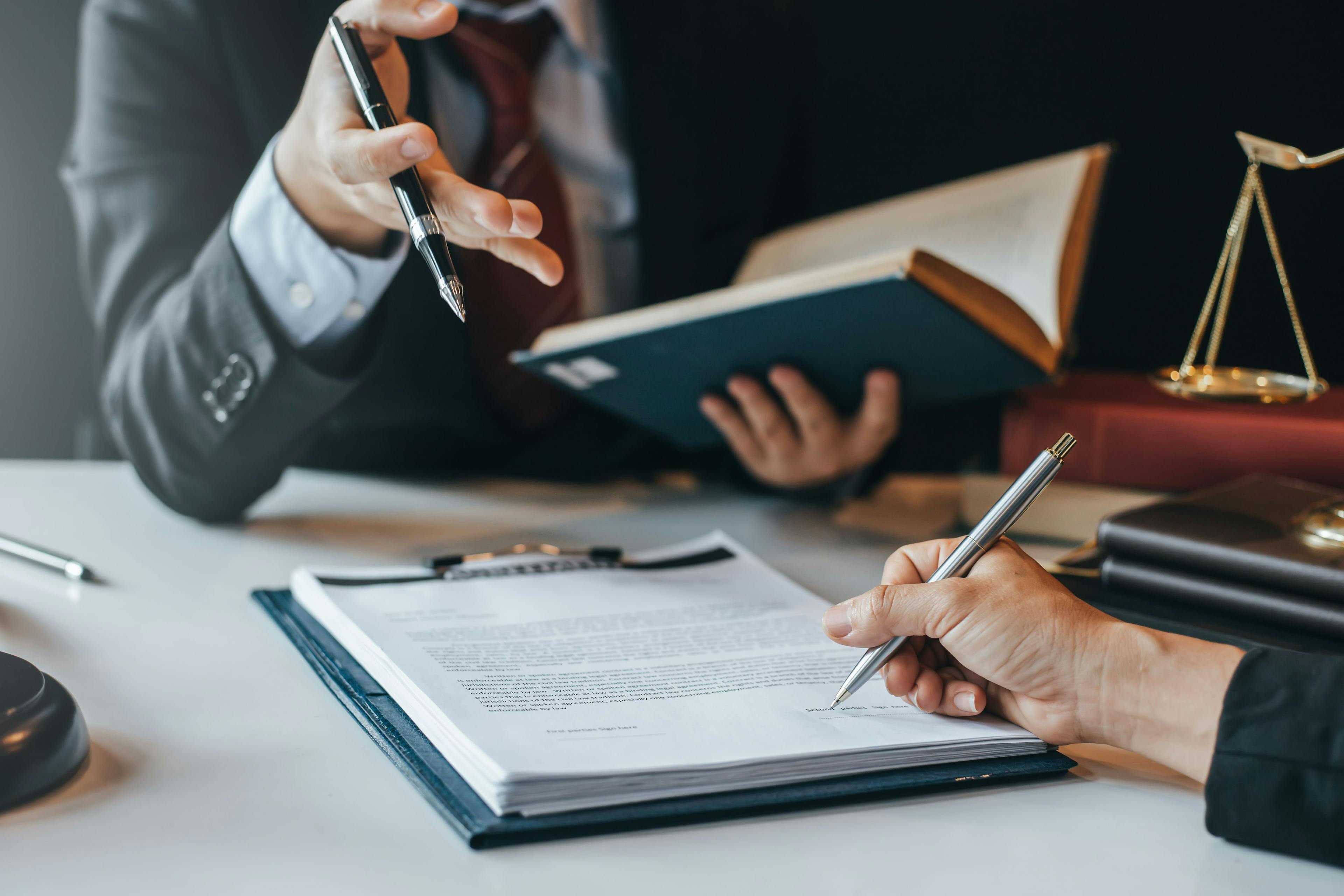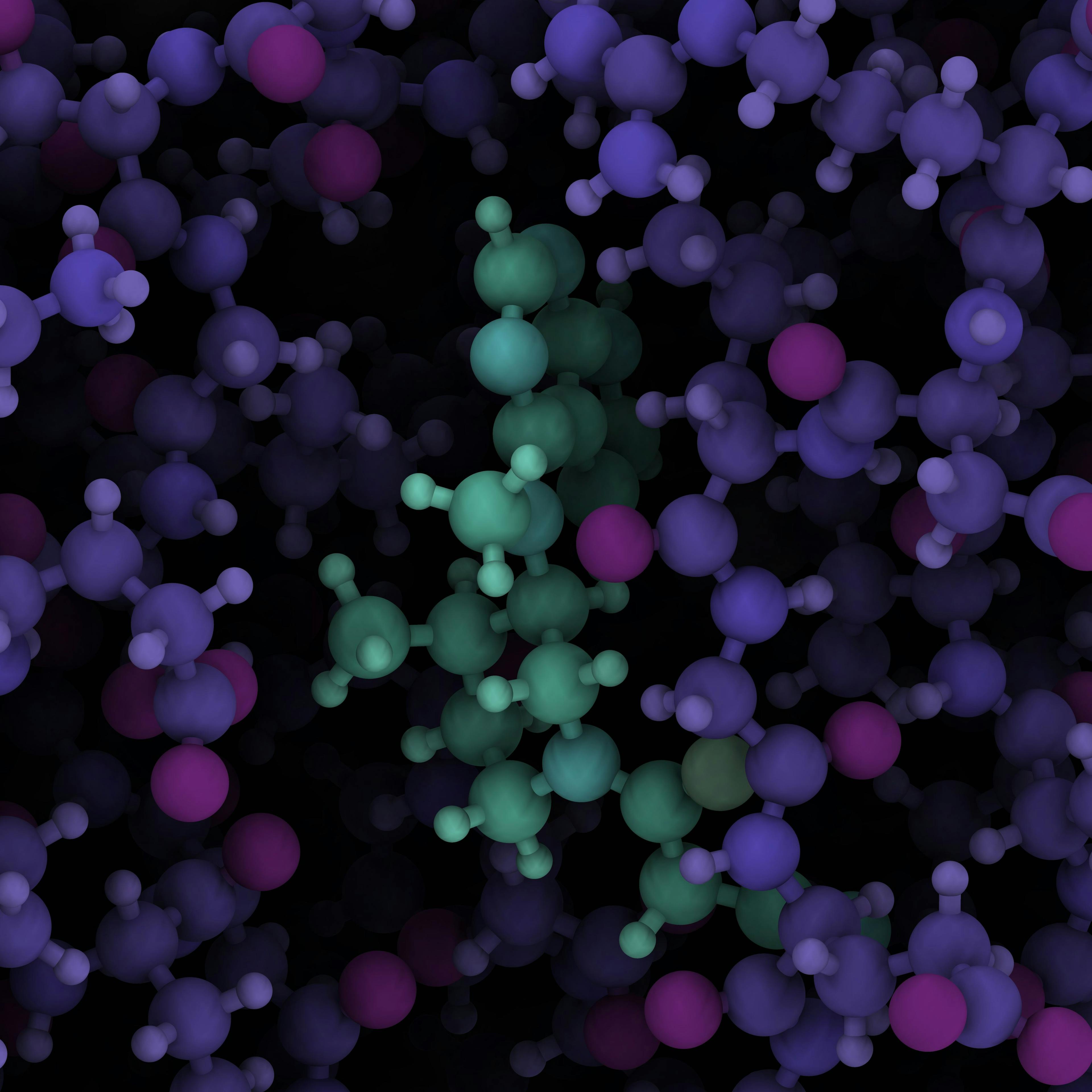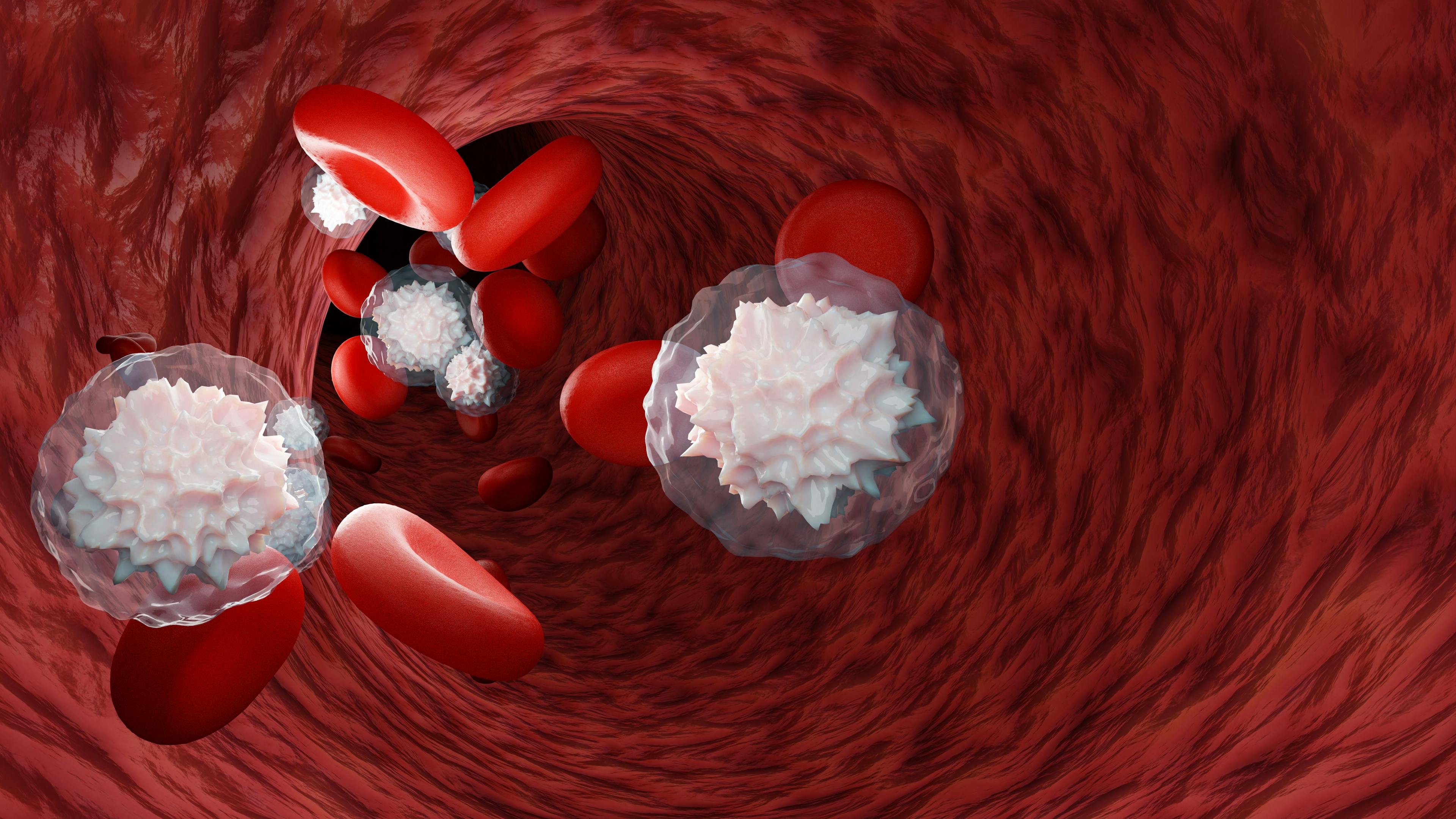- Acne
- Actinic Keratosis
- Aesthetics
- Alopecia
- Atopic Dermatitis
- Buy-and-Bill
- COVID-19
- Case-Based Roundtable
- Chronic Hand Eczema
- Chronic Spontaneous Urticaria
- Drug Watch
- Eczema
- General Dermatology
- Hidradenitis Suppurativa
- Melasma
- NP and PA
- Pediatric Dermatology
- Pigmentary Disorders
- Practice Management
- Precision Medicine and Biologics
- Prurigo Nodularis
- Psoriasis
- Psoriatic Arthritis
- Rare Disease
- Rosacea
- Skin Cancer
- Vitiligo
- Wound Care
Publication
Article
Dermatology Times
All You Need to Know About Back Acne
Author(s):
Truncal acne, or back acne, is a common skin condition of the pilosebaceous unit, with a global lifetime prevalence of 70% to 85%.
Truncal acne, commonly known as back acne, is a common skin condition of the pilosebaceous unit, with a global lifetime prevalence of 70% to 85%.1 The condition affects about 48% 52% of patients with facial acne and is slightly more prevalent in men than in women.2 The disease is characterized by noninflammatory comedones, inflammatory pustules, papules, and nodules, most commonly affecting the upper back, followed by the upper chest, lower back, shoulders and extremities, and neck.2 Approximately 9.4% of people live with the condition worldwide, which makes it among the top 10 prevalent diseases worldwide.3
What Causes Back Acne?
As they are on the face, sebaceous glands are located in high density on the chest and back. These glands help regulate body temperature, prevent infections, and retain skin moisture. Because these glands are present in large numbers on the upper part of the body, dead skin cells and excess oil clog the hair follicles and block the pilosebaceous unit, thus providing an anaerobic environment for microbes to grow in.4
To date, facial and truncal acne have been considered to have the same etiology, and follicular hyperkeratosis, colonization of pilosebaceous unit by Cutibacterium acnes, and inflammation are all major pathogenic factors causing both acne. However, research has revealed some differences in the pathogenesis between these 2 conditions and found comparatively less sebum secretion in the trunk, thus suggesting that hyperseborrhea might not play a significant role in developing truncal acne.5 Moreover, data from a study showed differences between facial and truncal skin in terms of pH, thickness, and distribution of sebaceous glands, and indicated that truncal skin is more vulnerable to acne than facial skin due to various contributing factors such as sweat, oil, friction, and pressure. Acne on truncal skin is also more difficult to treat.6
Alterations in the skin microbiota may also affect the inflammatory processes of acne skin. Investigators of a study reported differences in the dominant bacterial families that colonized the pilosebaceous unit and found that truncal samples were mostly colonized by Enterococcaceae. In contrast, Staphylococcaceae and Propionibacteriaceae mostly colonized facial samples. The investigators further reported less diverse phylotypes of C acnes in truncal acne samples and found phylotype IA1 as the most dominant type on the back of the patients with acne.7
Results of a recent review published in the Journal of Clinical Medicine demonstrated that a rise in the levels of hormones, particularly androgen, during puberty plays an integral part in acne development.2 Androgen can induce hyperproliferation of the follicular keratinocyte, lipogenesis of the sebaceous gland, C acnes proliferation, and follicular hypoxia, contributing to acne development. With regard to the cause of the condition, Fayne L. Frey, MD, FAAD, explains: “With adolescence comes the rise of certain hormones, most notably androgen, a hormone that has been shown to have a direct effect on the pilosebaceous unit, causing maturation of the sebum gland, and an increase in C acnes colonization within the pilosebaceous unit and the development of inflammation are all likely factors in the development of truncal acne, including back acne.”
Acne can also be associated with a range of conditions, including polycystic ovarian syndrome, androgen-secreting tumors, Cushing syndrome, and congenital adrenal hyperplasia.8
Management of Back Acne
Although back acne is not a primary concern for individuals with acne, it may cause aesthetic issues among those who have it. In most cases, truncal acne is treated in the same way as facial acne; however, because of differences between the pathogenesis of truncal and facial acne, the management of truncal acne should be seen from a slightly different perspective. While explaining the treatment options, Frey says, “As is the case for many skin conditions, treating back acne when it is mild, before it becomes severe and potentially scarring, is always ideal. For those suffering from moderate to severe back acne, stronger prescription antibiotics and vitamin A derivatives are often warranted. Prescription hormonal therapies like oral contraceptives and spironolactone can also be effective options. On rare occasion, I have referred patients for laser or photodynamic therapy.”
Topical Therapies
Topical therapies are highly effective and can be used as a first-line treatment in case of mild to moderate truncal acne. Among various topical agents available in the market, topical benzoyl peroxide (BPO), retinoids, dapsone, azelaic acid, and topical antibiotics are some of the common regimens that can be used alone or in combination for truncal acne. Some of the OTC treatment options that Frey recommends include washing in the shower with a benzoyl peroxide cleanser, an antibacterial to decrease the causative bacteria C acnes, and the daily application of an OTC vitamin A derivative (adapalene 0.1% gel).
BPO: BPO has bactericidal properties and effectively reduces inflammation associated with acne. Daily use of the product can help reduce flares and control the disease.9 The topical application has been limited because of its bleaching effects; hence, wash-off cleanser formulations of BPO are currently available on the market. According to the American Academy of Dermatology Association, BPO foaming washes work best when left on for 2 to 5 minutes to penetrate truncal skin as that is thicker than facial skin.9
Azelaic acid: This acid is a natural compound with anti-inflammatory, antikeratinizing, and antibacterial effects. The topical form is effective against both inflammatory and noninflammatory lesions. Data from a study indicated significant improvement in moderate truncal acne when treated with 15% azelaic acid foam because of its rapid skin-penetrating properties.10 Findings from other research conducted in 2020 found 15% azelaic acid foam in combination with 0.05% tretinoin lotion effective against long-standing, recalcitrant truncal acne.11
Dapsone: Dapsone 7.5% gel is a common anti-inflammatory agent used for the management of truncal acne and was approved by the FDA in 2017.12 An open-label, 16-week study conducted in 2018 evaluated the efficacy of dapsone 7.5% gel and data showed it to be a viable option in the treatment of moderate truncal acne.13
Retinoid: Tropical retinoids, including trifarotene 0.005% cream and tretinoin, are potential treatment options for managing truncal acne. Data from clinical trials have shown good efficacy and long-term safety with the use of 0.005% trifarotene cream for truncal acne.14,15 Adapalene 0.1% gel, another retinoid, can help unclog pores and is highly effective when used with BPO, as recommended by the American Academy of Dermatology Association.9
Systemic therapies
Systemic therapy is recommended for patients who do not respond to topical treatment or who have moderate to severe acne. Topical agents combined with systemic agents, such as antibiotics, isotretinoin, or hormonal therapies, can be used to manage moderate to severe cases.
Antibiotics: Oral antibiotics are effective options in treating truncal acne. Tetracyclines and macrolides, including tetracycline, doxycycline, minocycline, trimethoprim/sulfamethoxazole, trimethoprim, azithromycin, amoxicillin, and cephalexin, are effective in treating acne. Moreover, sarecycline, a third-generation tetracycline, exhibits bactericidal and anti-inflammatory effects against C acnes, streptococci, and staphylococci and is a novel treatment option for truncal acne.16
Isotretinoin: This oral retinoid works by reducing sebum production, bacterial proliferation, and inflammation. It is a treatment of choice for moderate to severe recalcitrant truncal acne.
Hormonal therapies: Hormone therapies, including oral contraceptives and spironolactone, can be helpful in women for the management of acne. These are anti-androgens and thus must not be taken by pregnant women or lactating mothers.17
How to Reduce Acne Flare-ups
Because truncal acne is hard to treat, the American Academy of Dermatology Association recommends adopting an acne-friendly skin care routine to get better results from these treatments and reduce acne flares.9
- Wear loose-fitting clothes. Change and wash clothes after each workout session.
- Be gentle with your skin and avoid popping the acne. Avoid using harsh skin care products and scrubbing or exfoliation as it may worsen the condition.
- Avoid anything that may rub against your back or shoulders, including backpack and bag straps.
- Sun exposure can darken acne and cause it to stay longer. Avoid prolonged sun exposure and always wear oil-free sunscreen before going out.
Similar to facial acne, back acne can impact the self-esteem of the patient and thus require immediate treatment. Keeping the area clean, avoiding harsh products, and adhering to the prescribed treatment may help improve the condition.
References
- Marson JW, Baldwin HE. Isotretinoin update. Dermatol Rev. 2021;2(6):331-342. doi:10.1002/der2.100
- Woo YR, Kim HS. Truncal acne: an overview. J Clin Med. 2022;11(13):3660. doi:10.3390/jcm11133660
- Tan JKL, Bhate K. A global perspective on the epidemiology of acne. Br J Dermatol. 2015;172(suppl 1):3-12. doi:10.1111/bjd.13462
- Shannon JF. Why do humans get acne? a hypothesis. Med Hypotheses. 2020;134:109412. doi:10.1016/j.mehy.2019.109412
- Kim BR, Chun MY, Kim SA, Youn SW. Sebum secretion of the trunk and the development of truncal acne in women: do truncal acne and sebum affect each other? Dermatology. 2015;231(1):87-93. doi:10.1159/000382125
- Kim SA, Kim BR, Chun MY, Youn SW. Relation between pH in the trunk and face: truncal pH can be easily predicted from facial pH. Ann Dermatol. 2016;28(2):216-221. doi:10.5021/ad.2016.28.2.216
- Dagnelie MA, Montassier E, Khammari A, Mounier C, Corvec S, Dréno B. Inflammatory skin is associated with changes in the skin microbiota composition on the back of severe acne patients. Exp Dermatol. 2019;28(8):961-967. doi:10.1111/exd.13988
- Nguyen HL, Tollefson MM. Endocrine disorders and hormonal therapy for adolescent acne. Curr Opin Pediatr. 2017;29(4):455-465. doi:10.1097/MOP.0000000000000515
- Back acne: how to see clearer skin. American Academy of Dermatology Association. Updated December 12, 2021. Accessed November 11, 2022. https://www.aad.org/public/diseases/acne/DIY/back-acne
- Hoffman LK, Del Rosso JQ, Kircik LH. The efficacy and safety of azelaic acid 15% foam in the treatment of truncal acne vulgaris. J Drugs Dermatol. 2017;16(6):534-538.
- St Surin-Lord S, Miller J. Topical treatment of truncal acne with tretinoin lotion 0.05% and azelaic acid foam. Case Rep Dermatol Med. 2020;2020:5217567. doi:10.1155/2020/5217567
- Stein Gold L, Dirschka T. Why we should consider evidence-based treatment options for truncal acne. Dermatol Ther (Heidelb). 2021;11(3):661-664. doi:10.1007/s13555-021-00530-y
- Del Rosso JQ, Kircik L, Tanghetti E. Management of truncal acne vulgaris with topical dapsone 7.5% gel. J Clin Aesthet Dermatol. 2018;11(8):45-50.
- Tan J, Thiboutot D, Popp G, et al. Randomized phase 3 evaluation of trifarotene 50 μg/g cream treatment of moderate facial and truncal acne. J Am Acad Dermatol. 2019;80(6):1691-1699. doi:10.1016/j.jaad.2019.02.044
- Blume-Peytavi U, Fowler J, Kemény L, et al. Long-term safety and efficacy of trifarotene 50 μg/g cream, a first-in-class RAR-γ selective topical retinoid, in patients with moderate facial and truncal acne. J Eur Acad Dermatol Venereol. 2020;34(1):166-173. doi:10.1111/jdv.15794
- Del Rosso JQ, Stein Gold L, Baldwin H, et al. Management of truncal acne with oral sarecycline: pooled results from two phase-3 clinical trials. J Drugs Dermatol. 2021;20(6):634-640. doi:10.36849/JDD.2021.6204
- Oakley A. Anti-androgen therapy. DermNet. Updated February 23, 2014. Accessed November 11, 2022. https://dermnetnz.org/topics/anti-androgen-therapy

Newsletter
Like what you’re reading? Subscribe to Dermatology Times for weekly updates on therapies, innovations, and real-world practice tips.


























